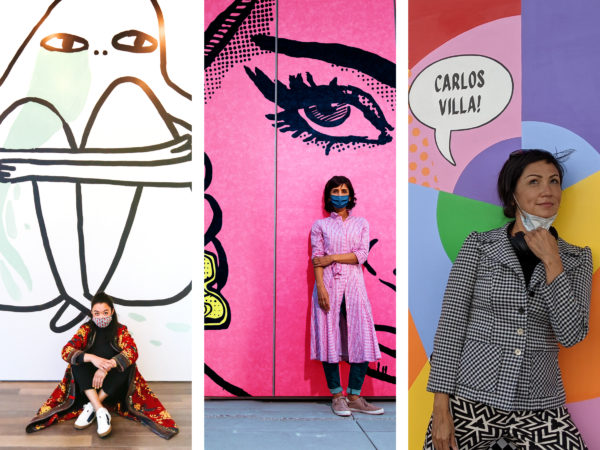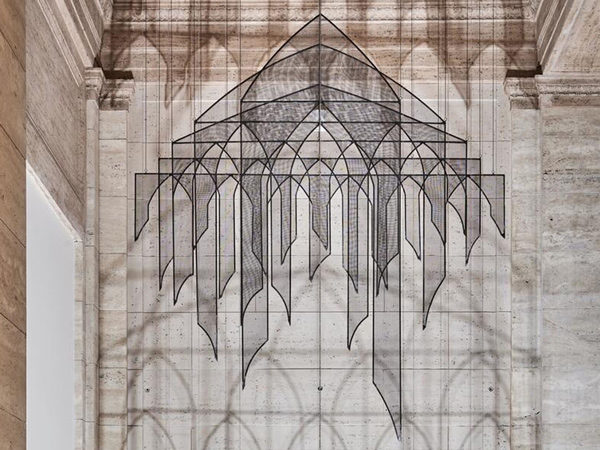Activity
Bodhisattva Avalokiteshvara (Chinese: Guanyin), 618–906

The Bodhisattva Avalokiteshvara (Chinese: Guanyin)
Guanyin is the Chinese form of the bodhisattva Avalokiteshvara. Bodhisattvas are enlightened, compassionate beings who assist the spiritual goals of others. They are often distinguished from Buddhas by their princely clothing and adornments, indicating their continued presence in the human world. The figure of Avalokiteshvara can be traced back to India. His name means “the lord who looks down with compassion.” In China, Guanyin is believed to hear the sorrows of humanity. The bodhisattva is strongly associated with a chapter of the Lotus Sutra, a popular Buddhist text that lists 33 forms that the deity can take in order to help people in their time of need. The worship of Guanyin in China began around the fifth or sixth century.
Guanyin eventually became one of the most popular Buddhist deities in China. Originally a foreign, male deity from India, this Buddhist deity was eventually transformed into many forms (often with feminine features) with pronounced Chinese characteristics.
This small bronze statue of Guanyin is slender and curvaceous. The body is portrayed in tribhanga (“S-curve”) position, a style derived from Indian figural sculptures. There is an elaborate coiffure on top of the head. The figure is adorned with long necklaces and jewelry, with a long scarf that hangs down, accentuating the princely and luxurious nature of the image. Standing Guanyin figures often hold a vase in one hand and a lotus flower with the other.







